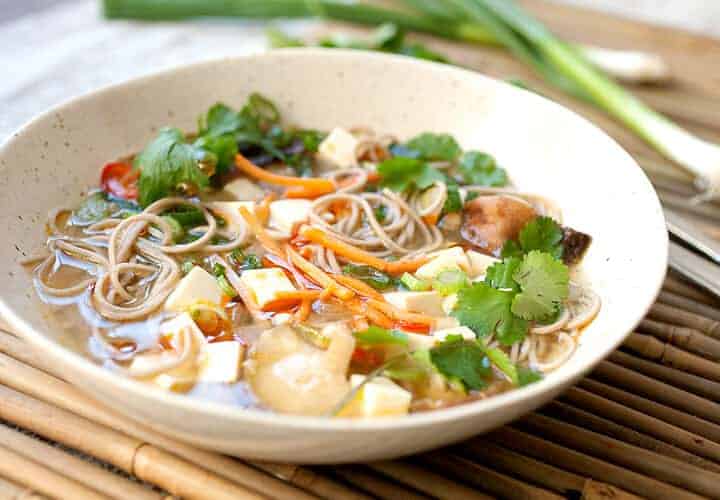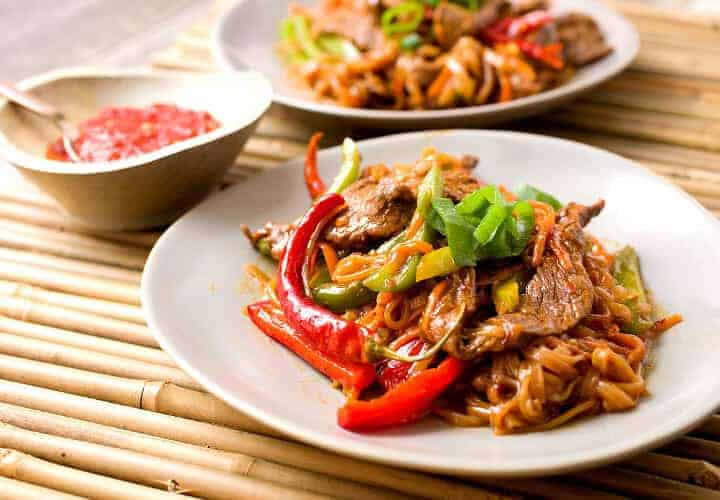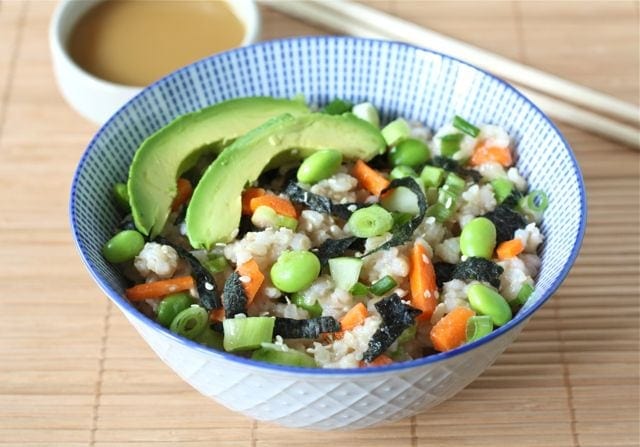Soy Sauce: Important Facts, Health Benefits, and Recipes
Explore the history, health benefits, and culinary uses of soy sauce, including its types, storage tips, and substitutes in our ultimate guide to this versatile condiment.
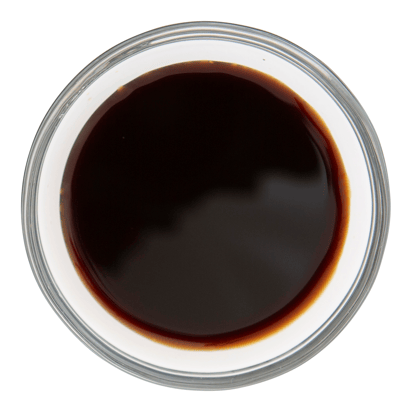
Nutritional Facts
1 tbsp
Amount per serving
Calories
8.5
Carbohydrates
0.8 g
Fat
0.1 g
Protein
1.3 g
Saturated Fat
0 g
Sodium
878.9 mg
Fiber
0.1 g
Sugar
0.1 g
Best Soy Sauce Recipes
-
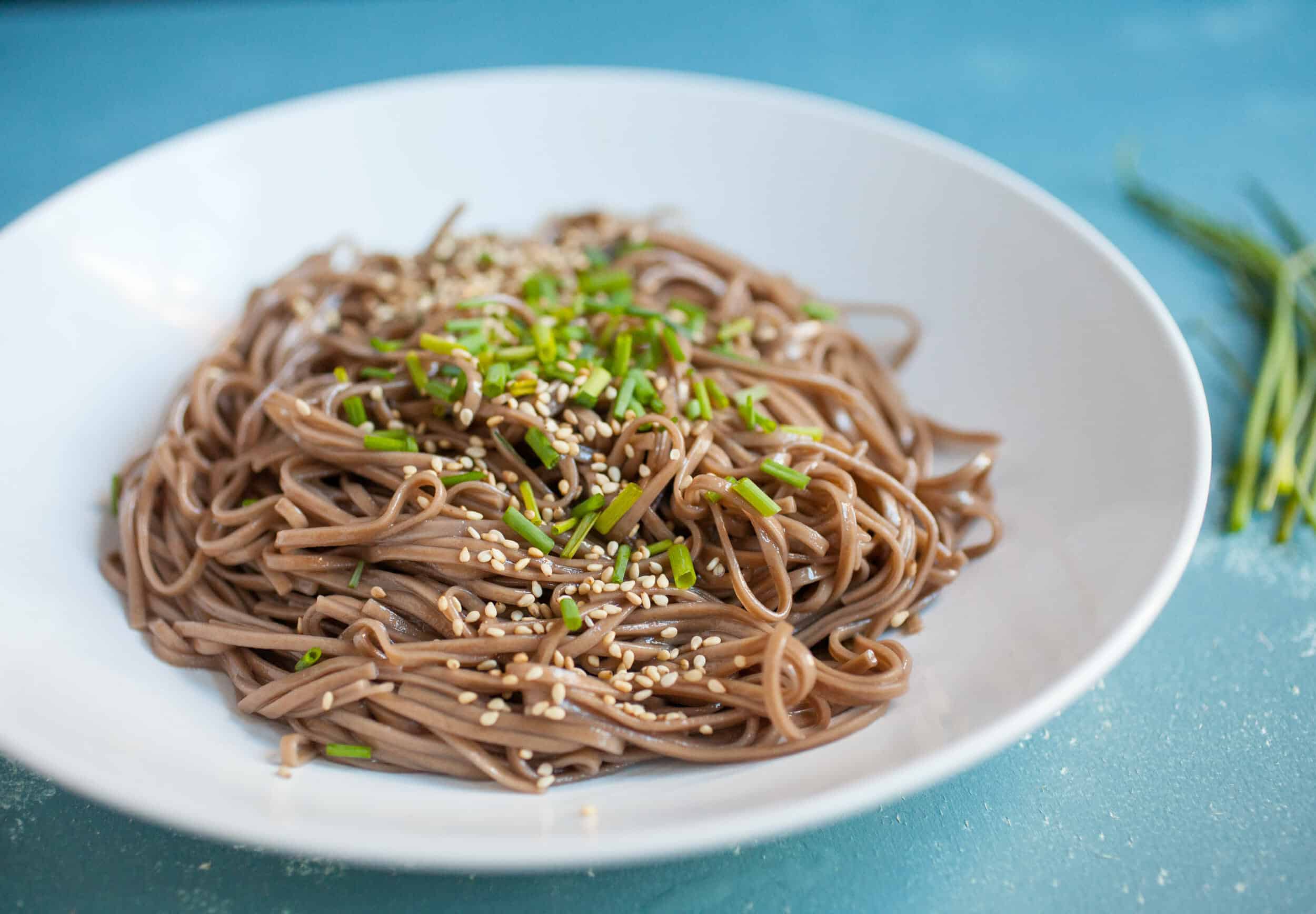
-

-

-

-

-

-

-

-
![Thai Spaghetti Squash with Peanut Sauce Image]()
-
![Simple Miso Soba Soup Image]()
-
![Homemade Mushroom Burgers Image]()
-
![Homemade Chicken Tempura Image]()
-
![Szechuan Beef Noodles Image]()
-
![Salmon and Rice Dinner Image]()
-
![Five Spice Roasted Chicken Image]()
-
![Easy Kimchi Noodles Image]()
-
![Charred Shishito Peppers Image]()
-
![Sheet Pan Tempeh Buddha Bowls Image]()
-
![Sweet Korean Chicken Wings Image]()
-
![Sesame Angel Hair Pasta Image]()
-
![Black Pepper Chicken Wings Image]()
-
![Rainbow Spring Rolls Image]()
-
![Broccoli Pad Thai Image]()
-
![Sriracha Chicken Spring Rolls Image]()
-
![Sticky Chicken Wings with Chili Garlic Sauce Image]()
-
![Orange Habanero Wings Image]()
-
![Chili Mango Shrimp Spring Rolls Image]()
-
![Pork Belly Sliders Image]()
-
![Braised Pork Shoulder Image]()
-
![Korean Steak Sandwiches Image]()
-
![Cold Rice Noodle Salad with Crumbled Tofu Image]()
-
![Roasted Garlic Peanut Noodles Image]()
-
![Hot and Sour Soup Image]()
-
![Hoisin Chicken Thighs Image]()
-
![Dashi Ramen Image]()
-
![Simple Sesame Asparagus Image]()
-
![Sheet Pan Lemon Thyme Chicken with Smoked Paprika Potatoes Image]()
-
![Easy Chicken Zucchini Noodle Stir Fry Image]()
-
![Quinoa Salad with Edamame, Cucumber and Avocado Image]()
-
![Spring Vegetable Stir Fry with Lemon Ginger Sauce Image]()
-
![Asian Salad with Soy-Ginger Vinaigrette Image]()
-
![Sushi Salad Image]()
-
![Hunan Chicken with Chow Mein Noodles and Vegetables Image]()
-
![Thai Ginger Chicken and Rice Image]()
-
![French Onion Dip Image]()
-
![Kickin' Orange Chicken and Broccoli Rice Bowls Image]()
-
![Instant Pot Orange Chicken Lettuce Wraps Image]()
-
![Chicken and Mango Rainbow Veggie Wraps Image]()



